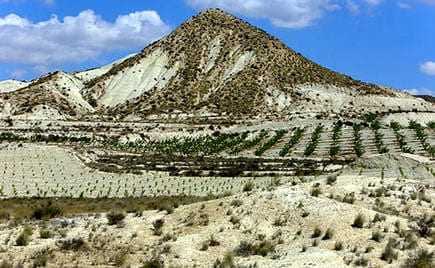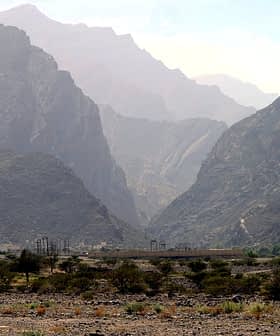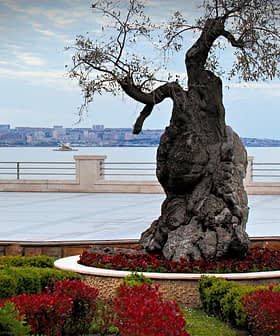
Undoubtedly, the earth’s climate is getting warmer and warmer. It is because of the natural flow of the weather as a whole, or because of the CO2 emissions, or a combination of the two. Southern Europe had consecutive periods of very warm weather this summer and in the United States July was the hottest since 1895, according to the NOAA.
This is both a bless and a curse for olive trees. Very warm weather can destroy the olive fruit fly, but when the olive grove is non-irrigated it will render the olive fruit very dry resulting in much lower yields.
The female olive fly lays its eggs into the olive and the newborn caterpillar starts devouring the flesh causing heavy damage. Olive flies, which are common in the Mediterranean basin and have been spotted in California since 1998, are active when the temperature is below 30 degrees Celsius (86 in the Fahrenheit scale). For warmer conditions egg laying is suspended, and if the temperature gets over 35 degrees (95 Fahrenheit) the bug becomes totally inactive.
On the other hand, dry weather conditions provide no fuel for the olive tree and the drupes become too dehydrated to create any oil internally. The solution lies in autumn’s rainfalls (if they occur early enough) or irrigation, which is not feasible for many of the olive tree cultivations in the Mediterranean due to lack of water or the widely used method of growing “xerophytic” (non-irrigated) trees for better olive oil quality.
So, average weather conditions mean good olive oil production and pesticide campaigns to get rid of the bugs, and warmer weather conditions mean no pesticides but predictably less olive oil.








